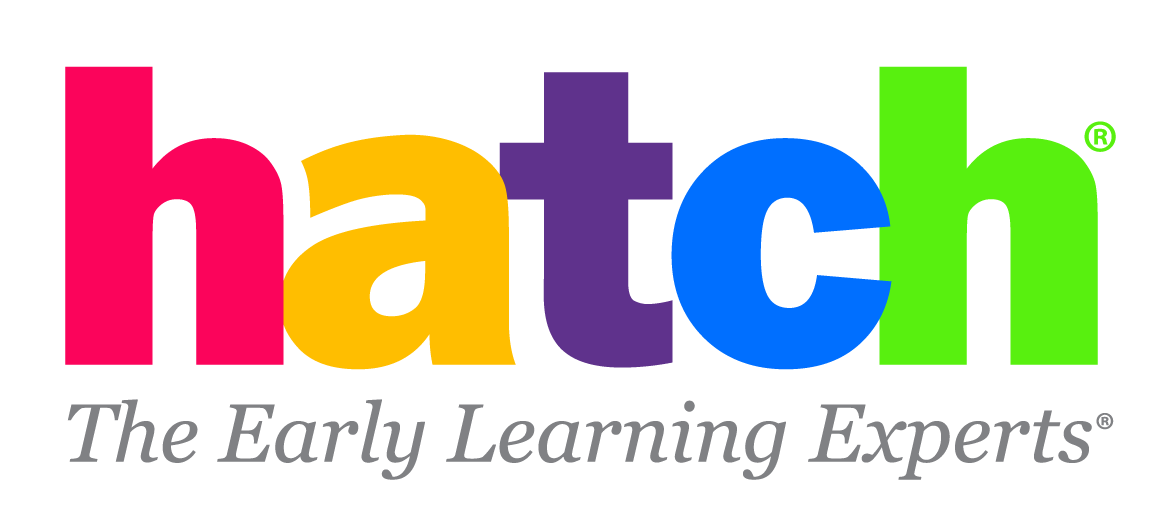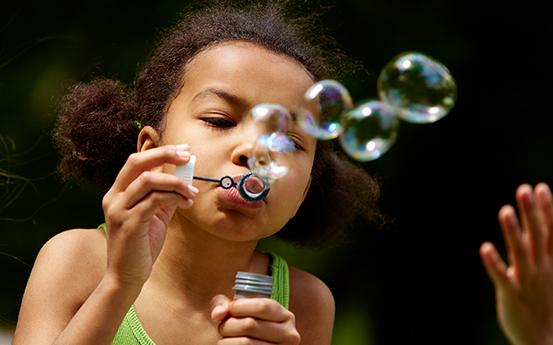For a long time, we have known that a child’s earliest learning is focused on motor development. An infant’s early movement experiences are beneficial to optimal brain development, and the connection between moving and learning continues well beyond the child’s first steps. With that in mind, it is imperative to encourage movement in every child’s play.
Research shows that the brain is more stimulated by movement than by seatwork, which increases fatigue and reduces concentration. Noted educator and author, Eric Jensen, has said “The greater the duration of time in a chair, the greater the depth of student despair.” Other brain researchers refer to physical activity as “Miracle-Gro for the brain.” If that seems bold, keep in mind that moderate physical activity provides the brain with oxygen, water, and glucose, which optimize its performance. We would never deprive our bodies of food, so why deprive ourselves of movement? Additionally, young children find active learning to be more fun and engaging, which means they are more inclined to learn. What better way to promote lifelong learning than by making it fun?
Last, but certainly not least, children are more likely to learn when they have opportunities to exhibit knowledge with physicality. For example, enabling children to use their bodies to demonstrate understanding of shapes is a great way to enhance their understanding of the concept. Acting out verbs, or other words and stories, is a sure-fire way to add depth to their comprehension.
A long time ago, Confucius said, “What I hear, I forget. What I see, I remember. What I do, I know.” Later, Alfred North Whitehead proclaimed, “I lay it down as an educational axiom that in teaching you will come to grief as soon as you forget that your pupils have bodies.”
- Throw balls or beanbag(s) into a bucket. Encourage children to count each successful landing. Or, encourage children to recite the alphabet as they play. To increase or decrease difficulty, vary the distance.
- Provide a variety of vocabulary words and spatial cues as your child runs with paper streamers. (For example: Run backwards, slowly. Run to the right side of the tree. Run with the streamer overhead.)
- Play Catch & Roll games. Sit in an open space and roll a ball back and forth, or toss an age-appropriate ball back and forth.
- Incorporate counting into Follow the Leader and/or Simon Says. (For example: March 10 times. Jump on one foot 5 times.)
- Create a couch cushion obstacle course indoors. (For example: Jump over the pillow, crawl under the table, and jump up to touch the ceiling 5 times!)
- Blow bubbles and trying to catch them before they pop.
- Dance to action songs such as “Head, Shoulders, Knees and Toes” or “Five Little Monkeys Jumping on the Bed.” Encourage children to move and groove as they chant!
- Set up a bowling alley using plastic bottles or cups, and roll a ball to knock down the pins! Encourage the children to practice subtraction skills as they determine how many more bottles they need to hit in order to clear all 10 pins.
- Jump or hop over a piece of rope or a long piece of string. Count the number of hops or jumps your child can complete in a minute!

